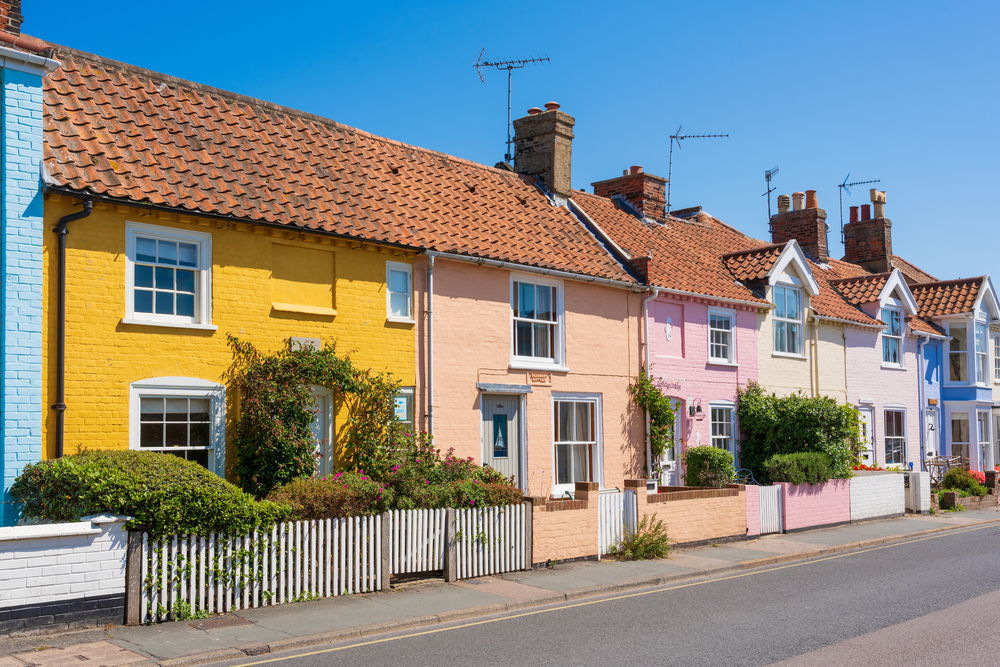
For people who cannot afford to buy a home outright, shared ownership offers a way to get their toes onto the property ladder.
The government will be introducing new rules next year in an attempt to get more people to buy shared ownership homes. The initial share a person can buy is being brought down from 25% to just 10% with an option to buy additional shares in steps of 1% with reduced fees.
Risk profile
In our response to the government’s consultation, we expressed some concerns around the new scheme. Firstly, a 10% share in a property changes the risk profile of the borrower.
Shared ownership lending has historically been perceived as higher risk as the applicants were assumed to be more stretched financially. Lowering the minimum initial share reduces the amount of ‘skin in the game’ on the borrower’s part.
There are only around 25 lenders who provide shared ownership mortgages – most are building societies – but their risk appetite for this type of lending may be more subdued at such a low equity share.
Would buyers be interested in just a 10% share? For the past decade the average first share bought has been 40% of the equity in the home. And as house prices have risen, this means that the average value of the equity stake purchased has increased. In a falling market, there is a much greater risk of the whole of the buyer’s (10%) equity stake being wiped out.
Funds for staircasing
Secondly, the option to buy more shares in the property at 1% every year for 15 years has its issues. If customers are funding the new share from savings, that’s fine, but how does the mortgage lender know that? If the money is coming from an unsecured loan, that changes the affordability assessment of the customer.
At the moment when staircasing, the minimum new share that can be bought is 10% but can be more as long as it’s in increments of 5%. A valuation is required as the new share is based on current value.
The new scheme will not involve any further valuations as the value of the home over the next 15 years will be based on an estimated valuation agreed with the housing association, hence the reduced fees.
But this is making assumptions about house price rises (or falls), bringing risk to the customer.
Repairs and maintenance
The third change to shared ownership is that landlords will be responsible for repairs and maintenance for the first 10 years on new build properties. Currently, this responsibility falls to the person part buying the home.
Next year, the government’s Affordable Homes Programme is due to start which is designed to boost new build shared ownership homes and social housing. If housing associations are to be held accountable for repairs and maintenance for 10 years, this will add to their costs which could make the building and part ownership of these homes a less attractive option for them.
There may also be a conflict of interest with the government’s First Homes policy, where a 30% discount on new build property will be available for first-time buyers. This could reduce the build of shared ownership homes which are often funded out of Section 106.
It will be interesting to see if this new shared ownership scheme has the government’s desired effect to help more first-time buyers. I’m not so sure.
Personally, I would have much preferred to see the government’s efforts focused on reducing the existing barriers and costs that shared owners face in climbing that staircase to owning the whole of their own home.
Robin Fieth is CEO of the Building Societies Association



